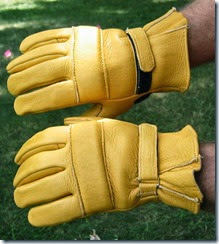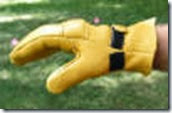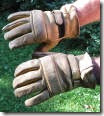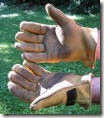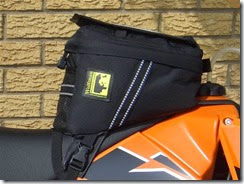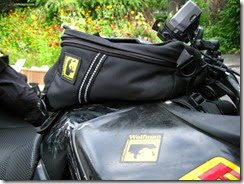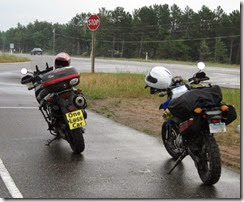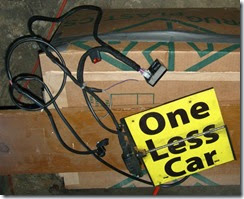 |
A lot of the things we know and love are going to change or vanish in the near future. A lot of the things I knew and loved when I was young have long since changed or vanished. In manufacturing and science, it is common knowledge that the "only constant is change," but the average person is uncomfortable with that. The discomfort of a few billion human beings has very little impact on nature, physics, and reality. The planet keeps spinning around a dying sun, water and oxygen continue to escape the earth's atmosphere, the more resources we use the fewer there will be for future generations, and the longer we go without experiencing an astrological disaster the more likely it becomes that such a disaster will occur.
Life is an experiment. Democracy, according to George Washington, is "a great experiment." Every day we get to continue experimenting with living should be an opportunity to learn something about human and physical nature. Any time you imagine yourself at a point where you know "enough" about any subject, you've most likely crested a peak in your ability to learn more and are about to experience a downhill slide into ignorance.
Such is the state of traffic laws and the use of motorcycles on public roads. In Minnesota, our traffic laws are as conservative as they are anywhere in the world. Motorcycles are treated exactly the same as vehicles that are ten times the length, width, and weight. In traffic, where less than half of the available pavement is being used for locomotion. Motorcycles are forced to contribute to the congestion rather than allowed to "filter" through the unused spaces between vehicles. Lane splitting and filtering are as common as pedestrians in much of the world, but (in the United States) only California has the courage and creativity to allow motorcycles rational use of congested roads. Of course, California roads are really congested, not just inconveniently crowded.
The prime argument for sticking with the old, inefficient rules of the road is that Minnesota drivers would be irritated (and violent) if motorcycles had an advantage in congested traffic. There are some valid and rational reasons for this expectation and there are some nutty and self-serving motivations.
Some of the folks who protect the status quo ignore the fact that motorcycle exhaust systems are making enemies out of almost everyone (on and off road). There are vested interests (money) to protect in aftermarket exhaust systems and following the money to the source of this argument takes us close to home (Wisconsin, for example?). Obviously, illegal exhaust systems and lane splitting are a poor combination. It's bad enough to have to share side-by-side lanes with a vehicle that might permanently cause hearing damage. It's a whole different issue if drivers are forced to share a lane with that kind of offensive behavior. So, motorcyclists need to fix this so that we can have useful rights to the highway as opposed to worthless offensive privileges that will lead to our demise.
It's possible that those who psychoanalyze Minnesota drivers as "passive aggressive" and "uncommonly poorly mannered" may have their pulse on the state's temper. I don't think so. I have seen nothing about the Minnesota temperament that convinces me that Minnesotans are less sophisticated than California drivers. The biggest difference in the two states is that Californians are more used to sharing the road with motorcycles and part of that is because motorcycles have advantages in California that create more reasons to ride regularly. I'm not talking about the weather. When you can efficiently filter through congested urban traffic, on or off of the freeway, you are more likely to take two wheels instead of four every day you commute. Once you get into the habit, you find fewer excuses to go back to the cage. When you are in the habit, you don't ride garage jewelry, you ride a practical bike. Before you know it, you are a motorcyclist instead of a poser and your neighbors see you on the road every day and they start anticipating motorcycles in the traffic flow.
The status quo isn't as static as you might hope. While it appears that transportation is heading in the same direction that it's been traveling for the last 100 years, it is not. Drivers are getting dumber, cars are getting smarter. Transportation engineering is looking ahead to when the average driver won't be able to compete with today's 5th graders and to a day when 100% of a driver's attention will be directed to coffee cup manipulation, cell phone conversations, and television viewing. One day, soon, what passes for roadways will be occupied by smart cars and idiotic passengers who still consider themselves "drivers."
If you don't think that motorcycling can die as part of traffic change, you're not paying attention. There is a lot of world-wide "smart roadway" planning taking place and hardly any of that planning considers motorcycles as part of the future's traffic systems. At best, those pastoral roads that today's timid motorcycle riders think are safer than freeways and urban roads (although those roads account for the majority of Minnesota motorcycle deaths) will be the only places that motorcycles are allowed.
If we can introduce traffic filtering and lane sharing into the highway culture, we have a chance of being considered part of highway traffic. If motorcyclists actually ride their motorcycles on a regular basis for non-recreational purposes and do it safely, we will be a force that can't be ignored. Smart motorcycles are probably as far into the future as smart bureaucrats and politicians, which means that smart cars will have to be programmed to account for human piloted motorcycles, bicycles (which aren't going away because of their regular contribution to transportation), and pedestrians.
The more reasons traffic engineering and laws can provide to ride regularly, the more regular riders we'll have on the road. I believe regular riders are not significant contributors to our poor crash and fatality statistics. In fact, I'd argue that, if more motorcyclists were commuting, our crash and death numbers would drop; because we'd be better riders and because we'd be seen more often and be less invisible. On that premise, I think we need to adopt traffic filtering and lane sharing laws as soon as possible. Sooner rather than later. Now!
September 2008


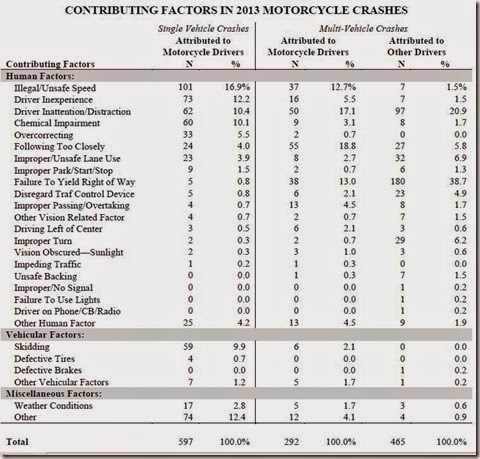



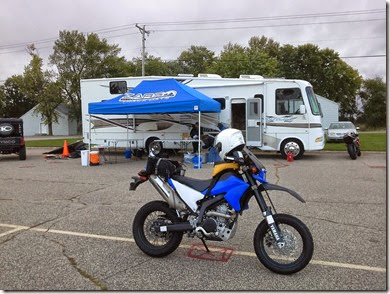
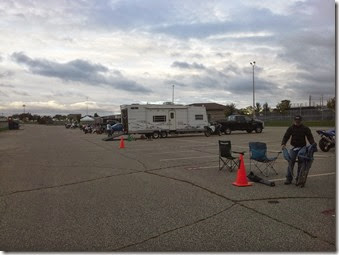
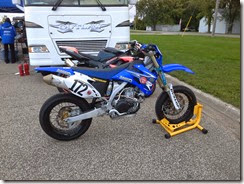
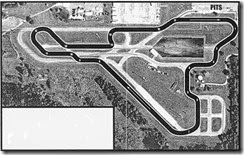
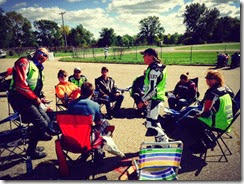 Our group’s head coach Karen Eberhardt (also an MMSC MSF coach) and the ever-present and incredibly upbeat Jessica Zalusky provided a solid structure for “classroom” discussions between riding sessions and breaks. All of the coaches were available for discussions, criticism, and instruction any time a student was interested in extending a conversation beyond the course materials. I’m pretty sure Joe got about 15 minutes of break time for all of Sunday. (Sorry about that, Joe. Retired people are lousy time managers.) The whole organization is incredibly customer oriented. I don’t think I’ve been asked “Are you having fun?” so often any time in my life. I was, by the way. ZARS is a terrific organization and we are incredibly lucky to have a motorcycle training group like this in Minnesota. One more reason why we put up with Minnesota winters.
Our group’s head coach Karen Eberhardt (also an MMSC MSF coach) and the ever-present and incredibly upbeat Jessica Zalusky provided a solid structure for “classroom” discussions between riding sessions and breaks. All of the coaches were available for discussions, criticism, and instruction any time a student was interested in extending a conversation beyond the course materials. I’m pretty sure Joe got about 15 minutes of break time for all of Sunday. (Sorry about that, Joe. Retired people are lousy time managers.) The whole organization is incredibly customer oriented. I don’t think I’ve been asked “Are you having fun?” so often any time in my life. I was, by the way. ZARS is a terrific organization and we are incredibly lucky to have a motorcycle training group like this in Minnesota. One more reason why we put up with Minnesota winters. 